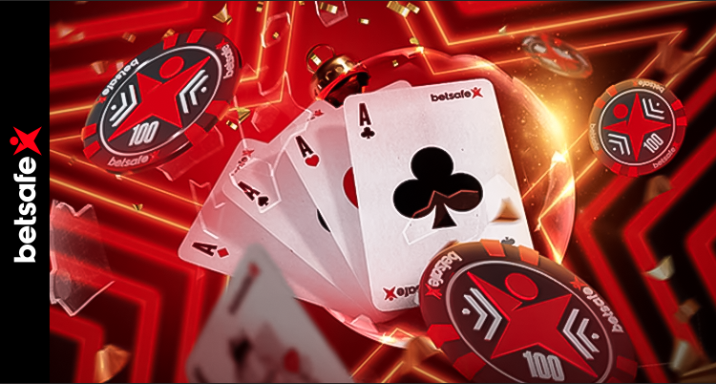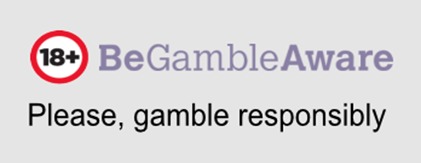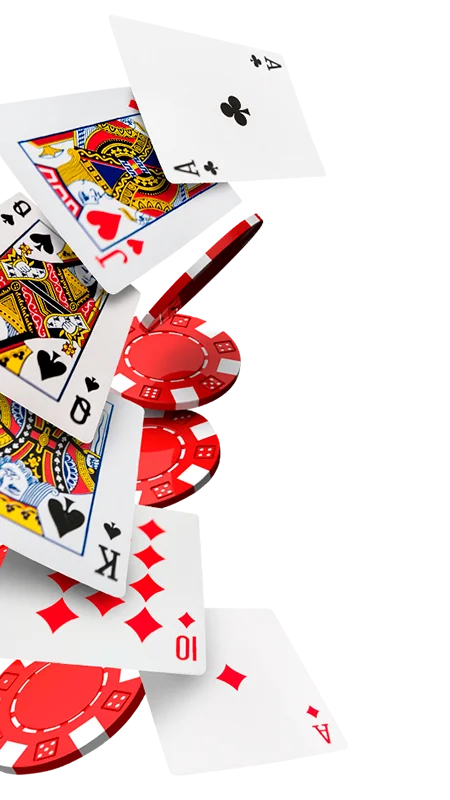
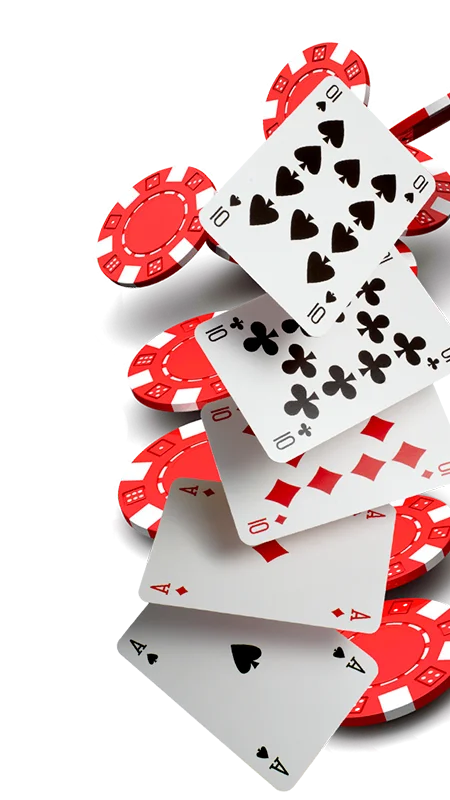
What Is a Hand Range in Poker and How to Use It to Your Advantage?
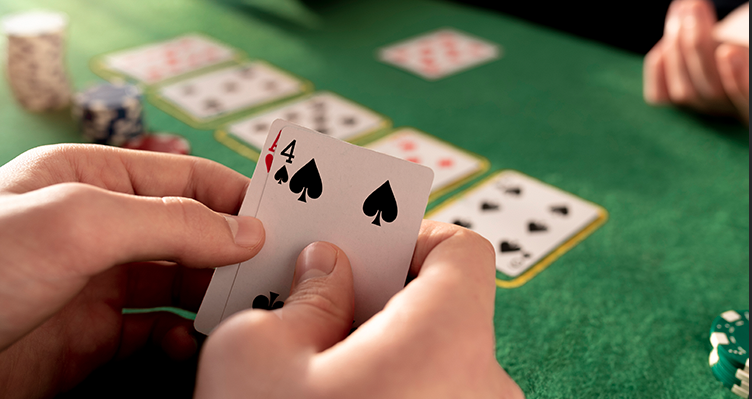
What Is a Hand Range in Poker and How to Use It to Your Advantage?
What Is a Hand Range?
A hand range is the group of hands a player could hold in a given spot. Instead of focusing on one hand, advanced players assess ranges to make smarter reads and decisions.
Practical Example:
Early position raise → range: AA, KK, QQ, AK, AQ
Late position raise → range may include 77+, A2s+, KJ+, Q10s, J10s
Understanding ranges helps you exploit weaker players and optimize your play.
Types of Hand Ranges and When to Use Them
🔹 Tight Range (Conservative)
Best in tough games or for beginners.
From UTG: AA, KK, QQ, JJ, AKs, AQs
🔹 Loose Range (Aggressive)
Wider range including speculative hands.
From Button: 55-99, A9s+, K10s+, suited connectors like 98s, J10s
Adjust your range based on stack, table dynamics, and opponent profile.
How to Read Opponents’ Ranges
Understanding your rival’s range lets you anticipate their moves:
✅ Key Factors:
Position: Early raises mean stronger ranges.
Bet size: Big raises suggest strong hands.
Player type: Loose players have wider, weaker ranges.
Example in action:
Board: Q♠ 7♥ 2♦
MP bets → likely range: AQ, KQ, TT+
You can value bet QJ or bluff on low turns.
Adjusting Ranges Based on Stack Size
Deep Stack (>100BB): Open up with suited connectors, low pairs.
Short Stack (<25BB): Stay tight; push strong hands with fold equity.
Tools to Improve Hand Range Use
You may also like
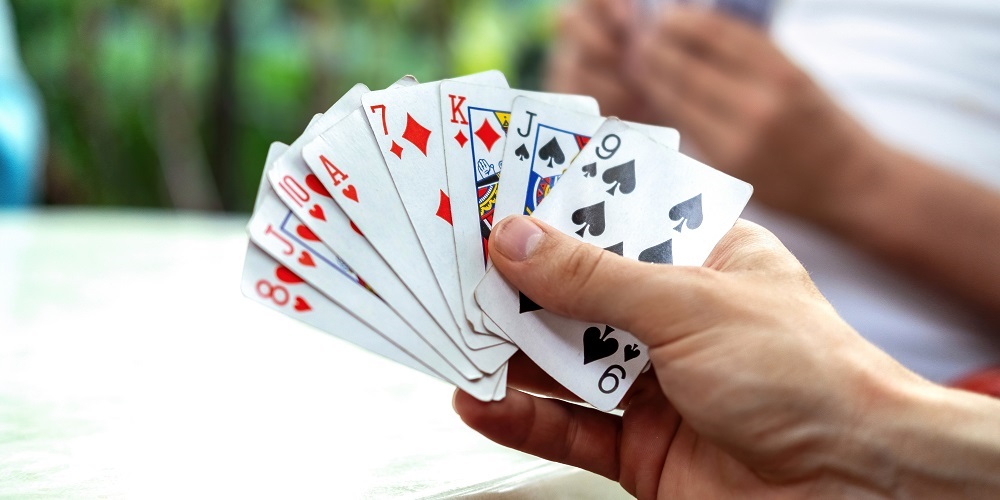
The 5 best card games to play with friends
Playing cards can be used in all kinds of games, each with specific rules. The fun of learning new ways to play makes experimenting with friends the best way to have a good time together enjoying c...

César García Triumphs in Monte Carlo: First Spanish Trophy at the 2025 EPT
César García Triumphs in Monte Carlo: First Spanish Trophy at the 2025 EPTCésar García claims first Spanish title at EPT Monte Carlo 2025The 2025 EPT Monte Carlo festival kicked off with fireworks...

7 poker players who have their own channel on YouTube
YouTube has become, for years, a perfect outreach platform for multiple content creators. It is still the queen in terms of streaming content and has been able to adapt to the passage of time, wher...





